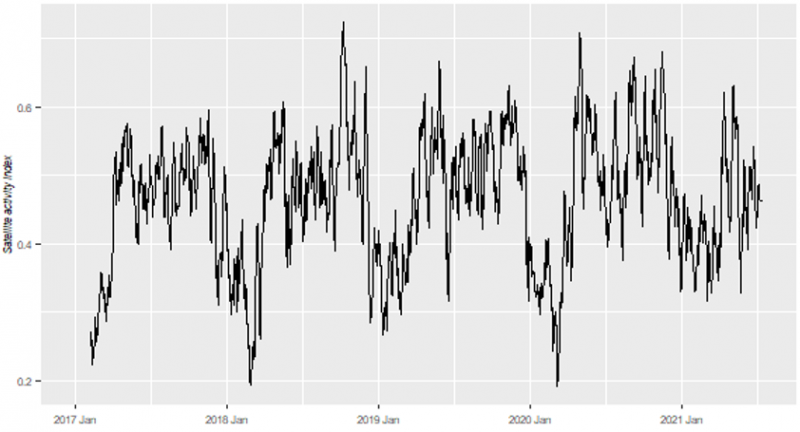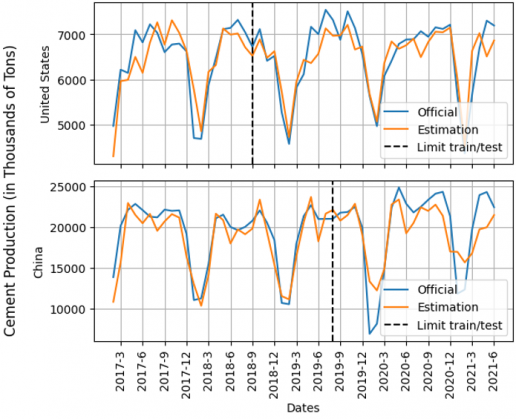Alexandre d’Aspremont, CNRS – ENS Paris. After dual PhDs from Ecole Polytechnique and Stanford University in optimisation and finance, followed by a postdoc at U.C. Berkeley, Alexandre d’Aspremont joined the faculty at Princeton University as an assistant then associate professor with joint appointments at the ORFE department and the Bendheim Center for Finance. He returned to Europe in 2011 thanks to a grant from the European Research Council and is now directeur de recherche at CNRS, and professor at Ecole Normale Supérieure in Paris. He received the SIAM Optimization prize for 2004-2007, a NSF CAREER award, and an ERC starting grant. In 2016, he co-founded Kayrros, an earth observation startup. His research focuses on convex optimization and applications to machine learning, statistics, climate and finance.









